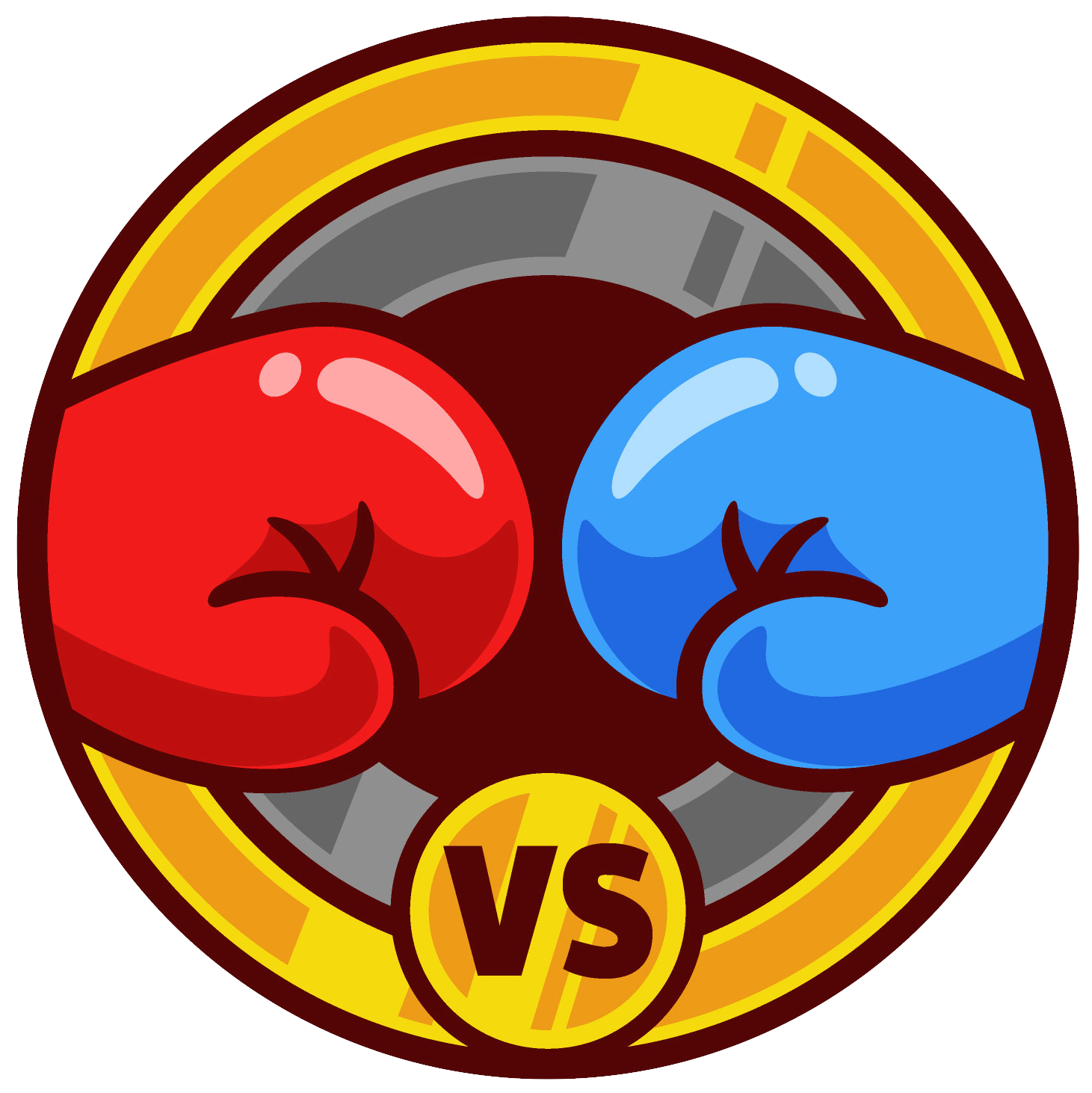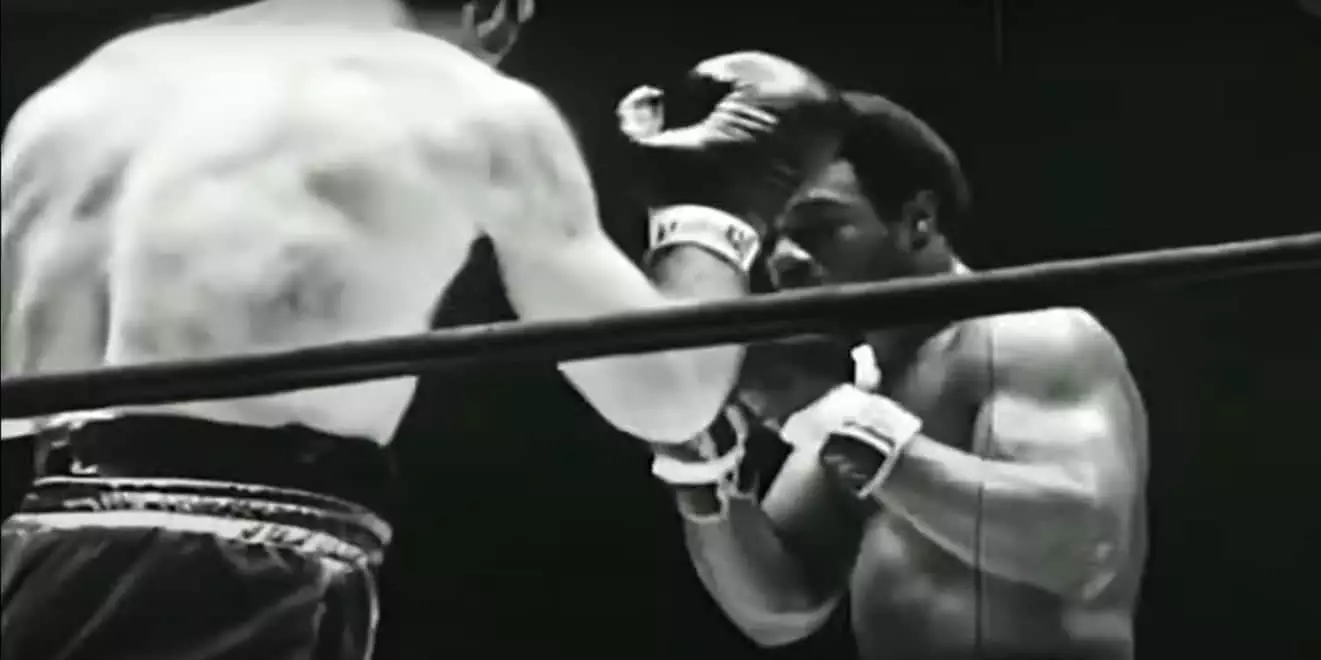In the fertile grounds of New York’s boxing history, an unforgettable meeting between two remarkable figures unfolded over half a century ago. The storied clash of titans took place on a fateful day in 1970 when the heavyweight hopeful George Foreman faced off against the formidable Jack O’Halloran at Madison Square Garden. While Foreman would eventually carve his name into the annals of boxing greatness, O’Halloran transcended the sport to become a beloved figure in Hollywood. This article delves into their intriguing story, analyzing the fight, the fighters’ trajectories, and the cultural impact that both left behind.
George Foreman, only 21 years old at the time, was just beginning to forge his legacy. Fresh from a string of early victories, he entered the ring with an aura of raw power that many would soon come to admire. O’Halloran, standing equally tall and well-versed in the boxing arena, had fought against notable opponents such as Joe Bugner and Carl Gizzi. Their match at Madison Square Garden showed an exhilarating exchange of blows, with each fighter landing significant punches during the initial rounds. But as the fifth round dawned, the fight turned dramatically in Foreman’s favor after he knocked O’Halloran down.
Interestingly, O’Halloran felt the stoppage was premature. Despite the referee’s decision to halt the match, he maintained that he had risen to his feet in time to continue. This incident remains a contentious point, suggesting that frustration can linger in the world of boxing long after the bell has rung. Thus, while Foreman fortified his record to 15-0, O’Halloran’s record took a hit as he fell to 18-6-2.
What followed the bout was a fascinating divergence of paths for the two men. Foreman’s ringing success led him through the ranks of heavyweight boxing, capturing hearts and titles as he obliterated contemporaries like Joe Frazier and Ken Norton. He would cement his place in history, becoming not just a heavyweight champion but also a figure of redemption following his retirement from boxing.
Conversely, O’Halloran found a second calling in the realm of cinema, where he took on memorable roles that would endear him to future generations. His performance as ‘Non’ in the “Superman” series not only showcased his physicality but also revealed his capacity for nuanced character work. Influenced by the likes of Robert Mitchum, O’Halloran’s transition from the boxing ring to the silver screen illustrates how multifaceted the talents of athletes can be.
In a recent discussion about his life and career, O’Halloran disclosed a deep-seated desire to fight the legendary Muhammad Ali—a match that never materialized despite his persistent efforts. His determination reflects the relentless ambition typical of fighters in the golden era of the 1970s. O’Halloran’s assertion that he knocked out Manuel Ramos—who was favored to face Ali—adds an intriguing layer to his narrative. Despite these ambitions, the bout with Foreman stands out as a pivotal moment that would ultimately define his boxing legacy, despite his eventual transition to acting.
Despite O’Halloran’s proclamations regarding this missed opportunity, the landscape of boxing is littered with “what-ifs,” and it’s a bittersweet reminder of the paths not taken. Considering Foreman’s dominance through the years, one might wonder if O’Halloran could have ever gained the upper hand in a hypothetical rematch or against Ali—a prospect that remains tantalizingly speculative.
As both men advanced in their respective careers, their legacies evolved significantly. Foreman continued to be a larger-than-life figure in boxing, with his ability to captivate audiences not only due to his fighting prowess but also through his ventures as an entrepreneur and celebrity. Conversely, O’Halloran’s foray into acting demonstrated that entertainers could emerge from athletic backgrounds, enriching cultural narratives along the way.
While their paths diverged, the encounter between Foreman and O’Halloran remains a testament to the unpredictable intersections of athleticism and artistry. As both figures navigated their journeys, they left indelible marks on their fields—one as a champion within the squared circle and the other as an endearing figure on screen.
The meeting of George Foreman and Jack O’Halloran serves not only as a footnote in boxing history but also as a celebration of human potential across diverse avenues. Their experiences reflect a rich tapestry of ambition, talent, and resilience. As audiences both in and out of the boxing ring continue to cherish their contributions, it’s essential to remember how, sometimes, the clashes of past titans result not only in victories or defeats but in legacies that endure long after the final bell.

